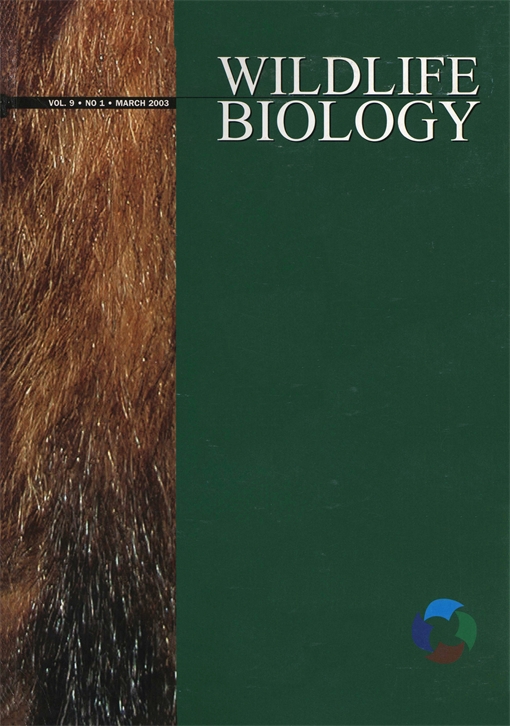Studies in Fennoscandia and Central Europe have shown that in spring male capercaillie establish more or less exclusive home ranges around leks. Thus, such territorial spacing behaviour might limit the number of males at leks. However, the results of our study in the Pinega Reserve, a pristine boreal forest in northwestern Russia, during the springs of 2000 and 2001 do not support this hypothesis. Home ranges of radio-collared birds (N = 11) at a lek with > 25 attending males were almost completely overlapping. The ranges of adults were of the same general size (47.5 ha) and were distributed within the same distance (ca 1 km) from the lek centre as reported elsewhere. Also, as found in other studies, yearlings and two-year olds did not have well-defined ranges; yearlings visited other leks and adults returned to the same lek and daytime ranges in successive years. The inter-lek distance between the three large leks was longer (4.0 km) than reported from smaller leks in two study areas in Norway (2.0 and 2.1 km). However, the inter-lek zone beyond the two 1 km radii of adjacent leks appeared not to be occupied by adult males attending these leks. In spite of largely overlapping ranges, adults tended to avoid each other. The mean distance between eight of 10 possible pair combinations of five males located simultaneously within their combined ranges were significantly farther apart (P < 0.05) than random pair distances. Thus, a system of hierarchical dominance may act to adjust the day-to-day positions of neighbours, but it has little effect on the number of males attending a lek.
How to translate text using browser tools
1 December 2003
Spring spacing behaviour of capercaillie Tetrao urogallus males does not limit numbers at leks
Per Wegge,
Tone Kvålsgard,
Olav Hjeljord,
Andrey V. Sivkov

Wildlife Biology
Vol. 9 • No. 4
2003
Vol. 9 • No. 4
2003
capercaille
grouse
lek
Russia
spacing behavior
Tetrao urogallus




